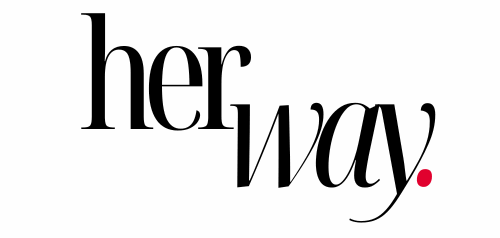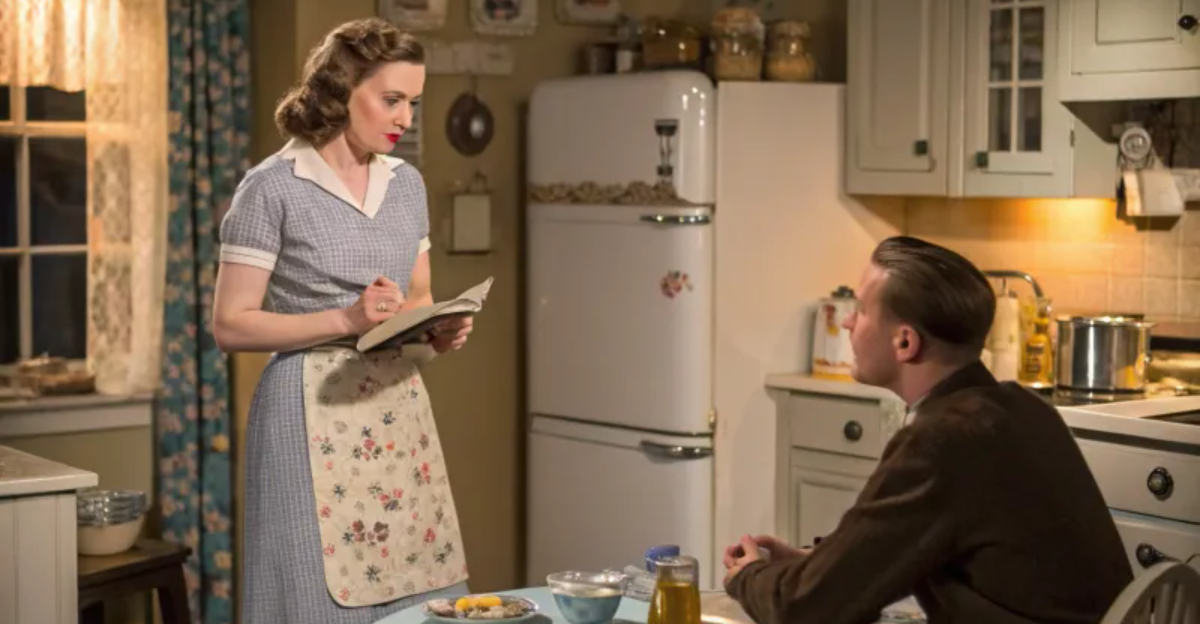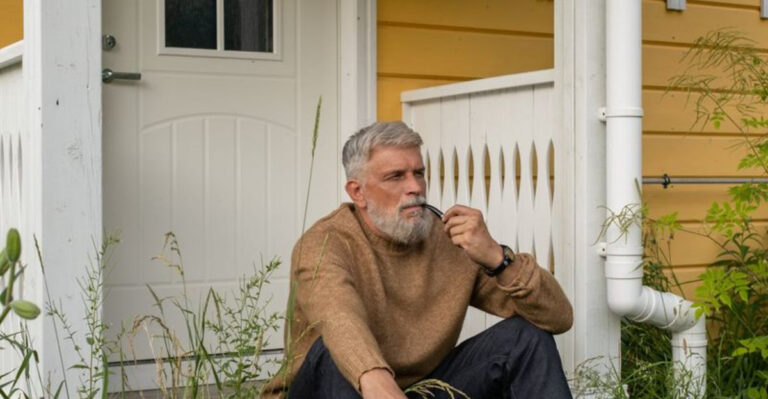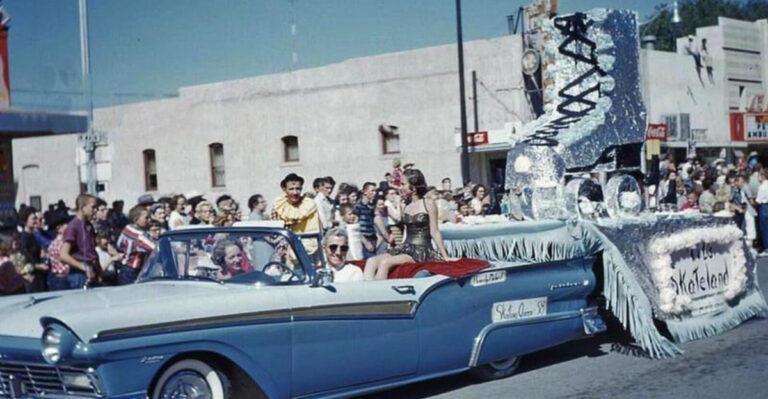34 Things Women Had To Do In The ’40s That Would Be Crazy Today
Imagine stepping back to the 1940s, a time when societal norms dictated every facet of a woman’s life.
The expectations were stifling, reflecting a world where gender roles were strictly defined, and personal freedom was often a distant dream.
Women navigated a landscape marked by cultural and legal restrictions that seem unthinkable today. It’s a stark reminder of how far we’ve come in the fight for gender equality.
1. Quitting Jobs Upon Marriage
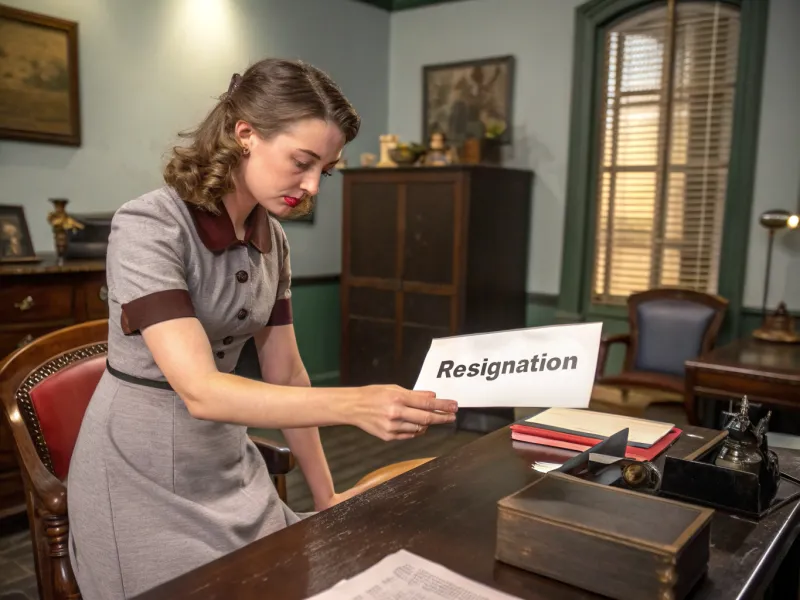
In the 1940s, women were expected to abandon their careers as soon as they tied the knot. Marriage was seen as a full-time occupation, and the idea of balancing a job with wifely duties was virtually unheard of. Back then, society dictated that a woman’s primary responsibility was to her home and husband. This expectation was not just cultural but often enforced by policies that prohibited married women from working in certain professions.
Imagine the frustration of having to give up a promising career just because you got married. It was a harsh reality for many women who had dreams beyond domestic life. The shift from being a working woman to a full-time homemaker could be jarring, leading to a loss of financial independence and personal identity.
Today, the notion seems absurd, as women seamlessly juggle careers and personal lives. This change reflects broader societal shifts towards gender equality and recognition of women’s rights to choose their paths. It’s a testament to progress, enabling women to fulfill roles that align with their ambitions, regardless of marital status.
2. Mandatory Skirts and Dresses
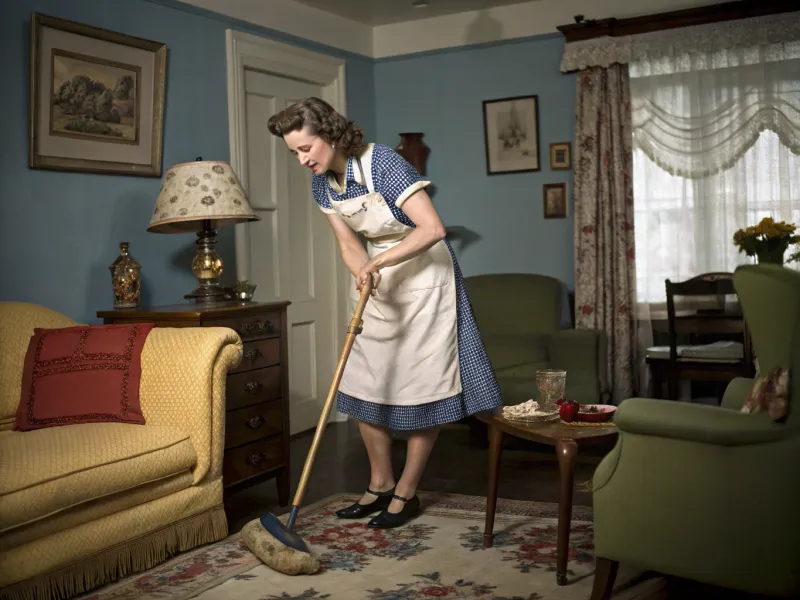
In the 1940s, women were expected to maintain a specific appearance at all times, which included wearing skirts or dresses, even when performing mundane tasks like housework. Pants were considered inappropriate for women, reserved only for the most informal of occasions, if at all. The rigid dress code was a reflection of societal norms that valued traditional femininity above practicality.
The concept of a ‘house dress’ became popular, designed to be both functional and feminine, allowing women to look presentable while managing domestic duties. Yet, it also reinforced the idea that a woman’s value was tied to her appearance, even within the confines of her own home.
Today, fashion is a form of personal expression, and women have the freedom to choose attire based on comfort and convenience rather than societal expectations. The evolution of women’s fashion speaks to broader transformations in gender roles, where appearance is no longer dictated by antiquated views of femininity but by individual preference.
3. Permission for Bank Accounts
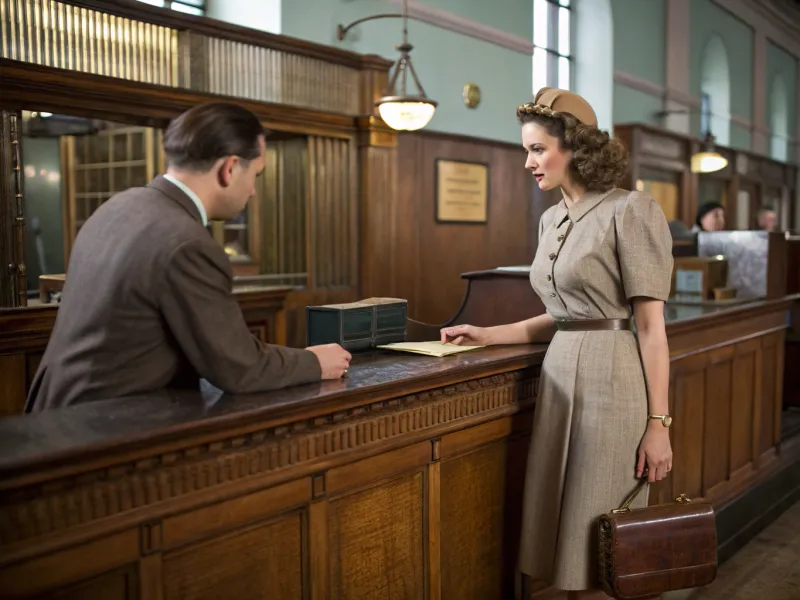
Imagine needing your husband’s permission to open a bank account. In the 1940s, this was a reality for many women, who were often denied the autonomy to manage their finances independently. Banks required a male co-signer, reinforcing the belief that women were financially dependent on their husbands.
This practice was not just an inconvenience; it was a barrier to financial independence and empowerment. Without the ability to open their own accounts, women were limited in their economic freedom, relying on men for financial security. This dependency was a reflection of the broader societal view that women were less capable of handling financial matters.
Fast forward to today, where women have equal access to financial services, reflecting significant strides in gender equality. The shift represents a move toward recognizing women as financially competent individuals, capable of managing their resources and making independent economic decisions. It’s a change that has empowered women, contributing to a more equitable society.
4. Charm School Attendance
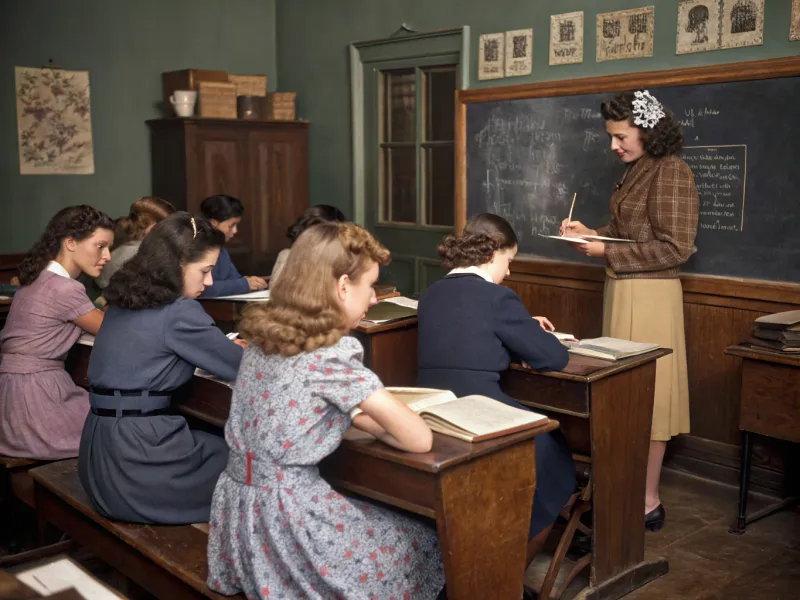
Attending charm school was almost a rite of passage for young women in the 1940s. These institutions taught them how to be ‘ladylike,’ focusing on social graces, proper etiquette, and even how to walk and talk. The curriculum aimed to mold women into ideal wives and hostesses, reflecting societal expectations of the time.
Charm schools emphasized appearance and demeanor over intellectual pursuits or career ambitions. Young women were taught that their value lay in their ability to support a husband and maintain a household filled with social engagements. This educational paradigm underscored the limited roles women were expected to play in society.
Today, the notion of attending charm school seems outdated and restrictive. Modern education encourages women to pursue a wide range of interests and careers, valuing intellect and capability over mere appearance. The decline of charm schools signals a broader acceptance of diverse roles for women, celebrating their skills and contributions beyond traditional domestic spheres.
5. Misogynistic Job Advertisements
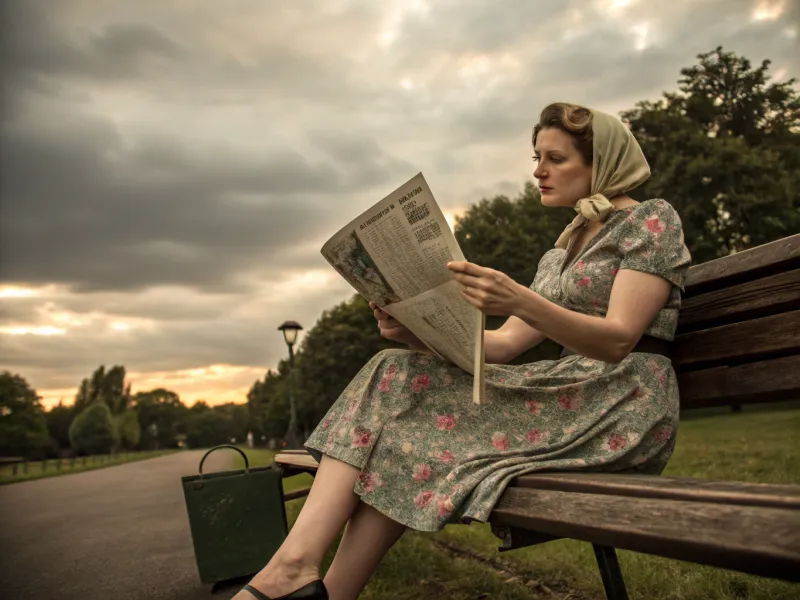
In the 1940s, job advertisements openly reflected the misogynistic narrative of the era, blatantly stating ‘men only’ for well-paying positions. Women who dared to apply for these jobs were often dismissed, as employers believed that men were more capable and deserving of higher wages.
Such discrimination was a harsh reality, limiting women’s professional opportunities and reinforcing gender-based pay gaps. The employment landscape was skewed against women, who were often relegated to lower-paying, less prestigious roles, regardless of their qualifications or skills.
Today, open discrimination in job postings is illegal, and significant efforts have been made to promote gender equality in the workplace. Society now recognizes the value of diversity, striving to provide equal opportunities for all, regardless of gender. This shift reflects a broader commitment to fairness and inclusivity in professional settings.
6. Etiquette Classes for Hostessing
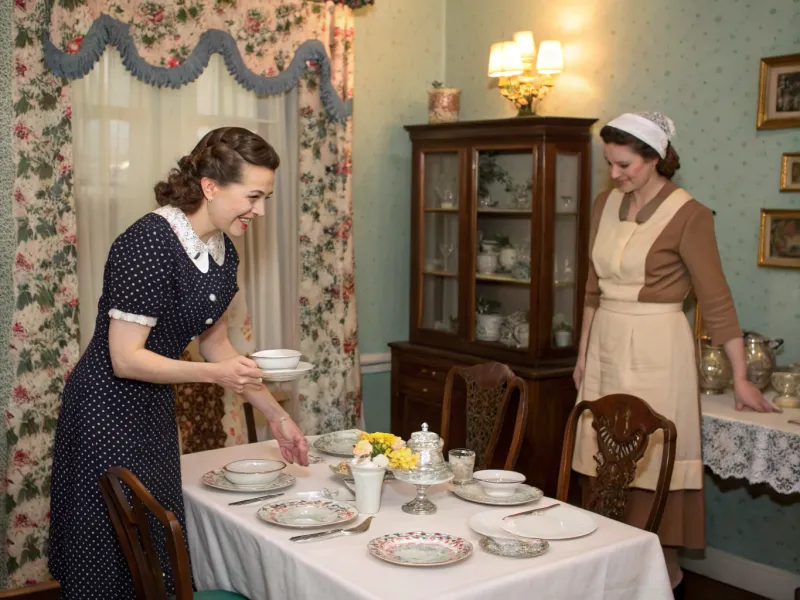
In the 1940s, women often took etiquette classes to perfect the art of hosting guests. These classes taught them how to set a table, serve dishes, and entertain guests with poise and grace. The ability to host well was seen as a reflection of a woman’s capability as a wife and her family’s social standing.
These lessons were not just about social niceties but also about reinforcing a woman’s role within the domestic sphere. The emphasis was on making guests feel comfortable and important, with the hostess often taking a backseat to ensure everyone’s satisfaction.
Today, while hosting is still a valuable skill, the rigid rules of etiquette classes have largely faded. Modern gatherings focus more on the joy of connection rather than strict adherence to formalities. This evolution signifies a shift towards valuing personal satisfaction and mutual enjoyment over meeting societal expectations. Women are now free to define their roles in social settings, contributing to more authentic and enjoyable interactions.
See also: 30 Wild & Wonderful Ways Women Had Fun In The 1950s (Without A Single Selfie)
7. Household Management Without Modern Conveniences
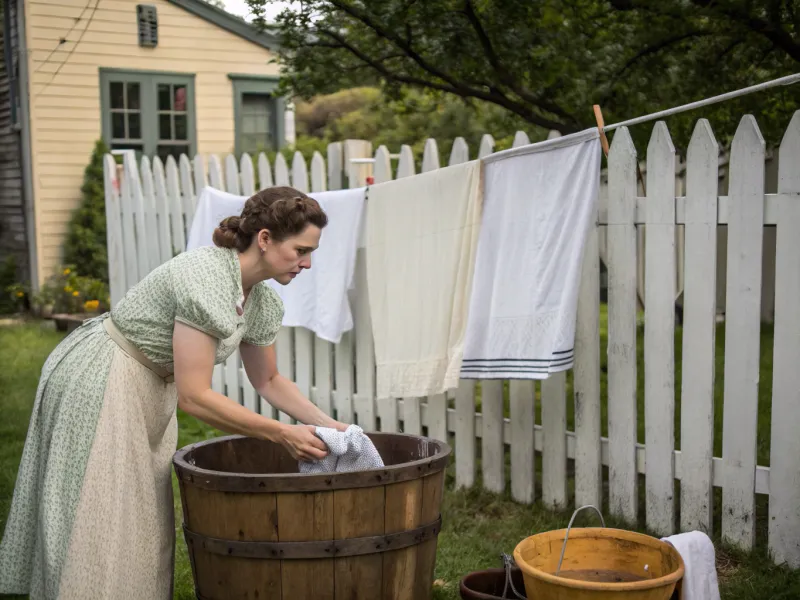
Running a household in the 1940s was a labor-intensive task, as modern conveniences like dishwashers and microwaves were not yet common. Women spent countless hours on chores such as washing dishes, doing laundry by hand, and preparing meals from scratch, often at the expense of personal time and leisure.
The absence of modern appliances meant that household management required significant physical effort and time. This daily grind was an accepted part of a woman’s role, leaving little room for pursuits outside the domestic sphere.
Fast forward to today, where technology has revolutionized home management, making chores quicker and less laborious. This change has freed up time for women to explore interests beyond housekeeping, enabling a balance between domestic responsibilities and personal development. The transformation highlights the impact of technological advancements on gender roles, allowing for greater flexibility and freedom in everyday life.
8. Domestic Violence as a Private Matter
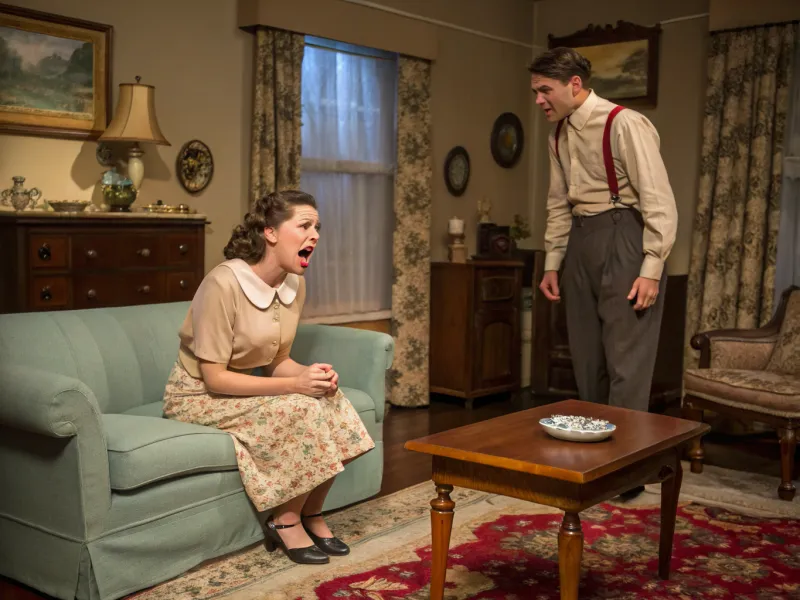
In the 1940s, domestic violence was largely considered a private matter, with little legal protection for victims. Women who suffered abuse at home had limited resources and support, often pressured to remain silent to preserve family reputation.
The lack of legal frameworks to address domestic violence meant that many women endured abuse without recourse. The societal stigma surrounding domestic issues further isolated victims, perpetuating cycles of violence and suffering.
Today, domestic violence is recognized as a serious crime, with legal protections and support systems in place for victims. This acknowledgment marks significant progress in societal attitudes, emphasizing the importance of safety and justice for all individuals. The shift reflects a broader understanding of human rights and the need to protect vulnerable members of society. It’s a testament to the ongoing fight for gender equality and personal safety.
9. Stereotypical Gender Roles in Advertising
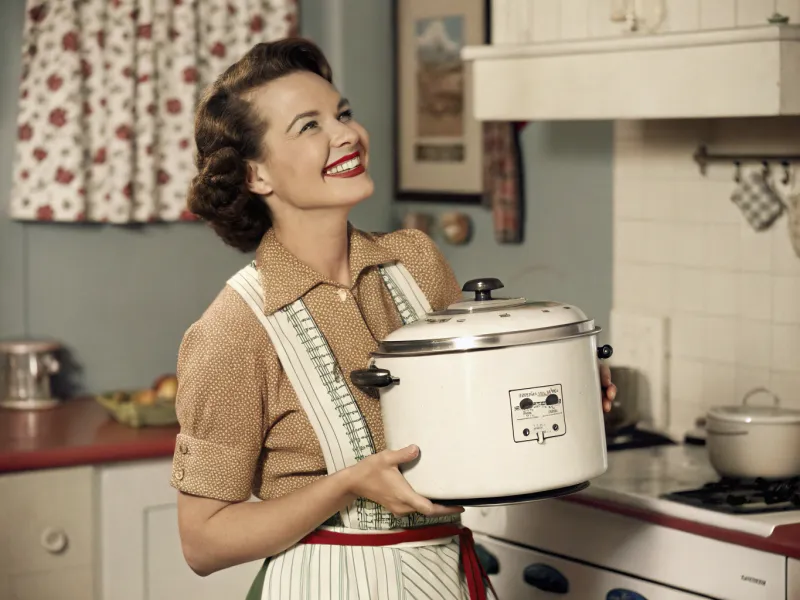
Advertising in the 1940s heavily relied on stereotypical gender roles, often portraying women as the ideal housewives devoted to cooking, cleaning, and caring for their families. These ads reinforced societal expectations that a woman’s place was in the home, serving her family.
The imagery used in these advertisements perpetuated the notion that a woman’s identity was tied to her domestic duties, eclipsing other potential roles she could play in society. This narrow representation limited women’s aspirations, suggesting that fulfillment could only be found within the household.
Modern advertising now reflects a diverse range of roles and lifestyles, celebrating women’s achievements in various fields. The change in representation highlights a broader shift towards recognizing women as multifaceted individuals capable of excelling beyond traditional confines. This progression underscores the importance of challenging and redefining gender stereotypes in media, contributing to a more inclusive and equitable society.
10. Limited Educational Opportunities
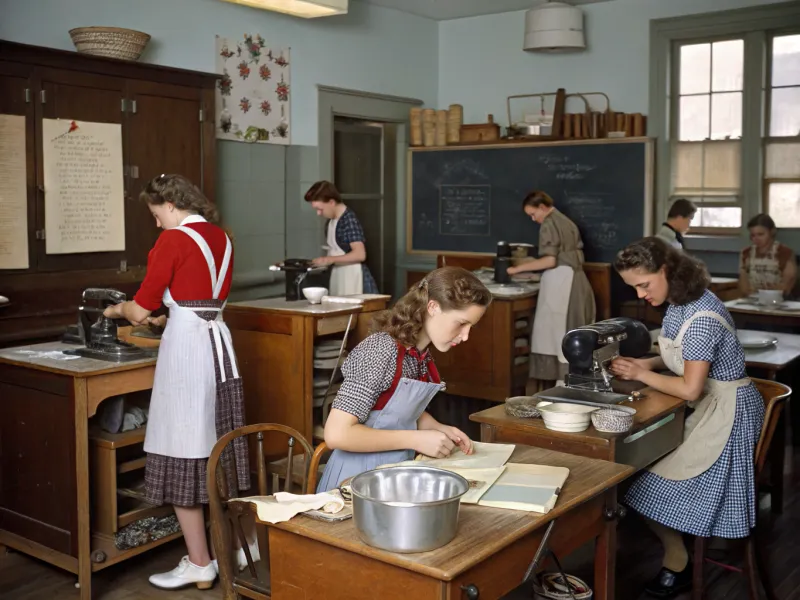
Educational opportunities for women in the 1940s were limited, often focused on preparing them for domestic roles. While higher education was available, societal expectations directed many women towards courses in home economics, teaching them skills for managing households rather than pursuing careers.
The emphasis on domestic science reflected the belief that a woman’s primary duty was to be an efficient homemaker. This educational path restricted women’s career options, reinforcing gender norms that valued homemaking over professional achievements.
Today, women have access to a wide array of educational fields, with encouragement to pursue careers across diverse industries. The expansion of educational opportunities signifies a shift towards valuing women’s intellectual contributions and aspirations. It represents progress in breaking down barriers, allowing women to explore their interests and talents without societal constraints. This transformation is a crucial step towards achieving gender equality and empowering future generations.
11. Pressure to Maintain Domestic Perfection
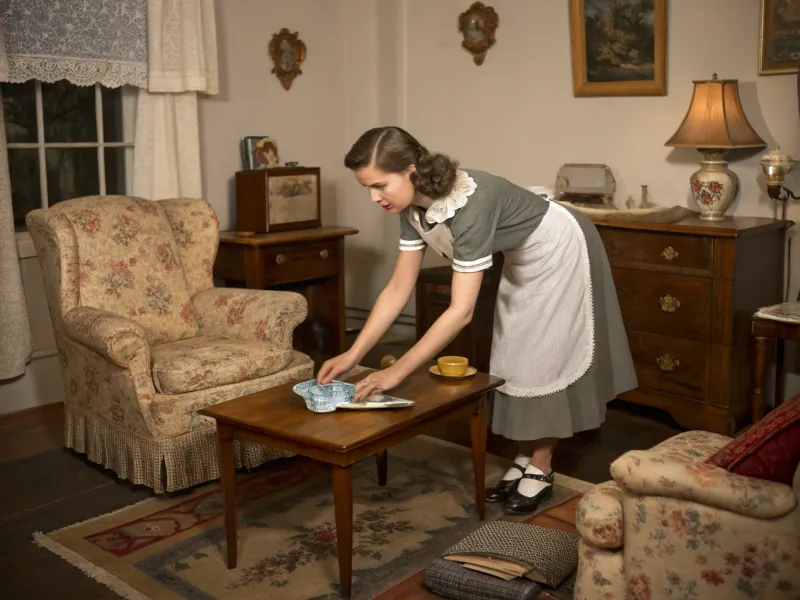
In the 1940s, women faced immense pressure to maintain a perfect home, reflecting societal standards that equated a well-kept house with a woman’s worth. Domestic perfection was not just an expectation but a measure of success in fulfilling one’s role as a wife and mother.
This pressure created an environment where personal satisfaction was often sidelined for the sake of appearances. Women were expected to juggle numerous tasks while ensuring their homes were spotless and welcoming, a standard that was both exhausting and unrelenting.
Today, the notion of domestic perfection has evolved, with greater emphasis on personal well-being and balance. The change reflects a broader understanding of gender roles, where a woman’s value is no longer tied solely to her domestic achievements. This shift allows for more realistic expectations, fostering environments where personal fulfillment and shared responsibilities are prioritized.
12. Restrictions on Travel Without Male Escort
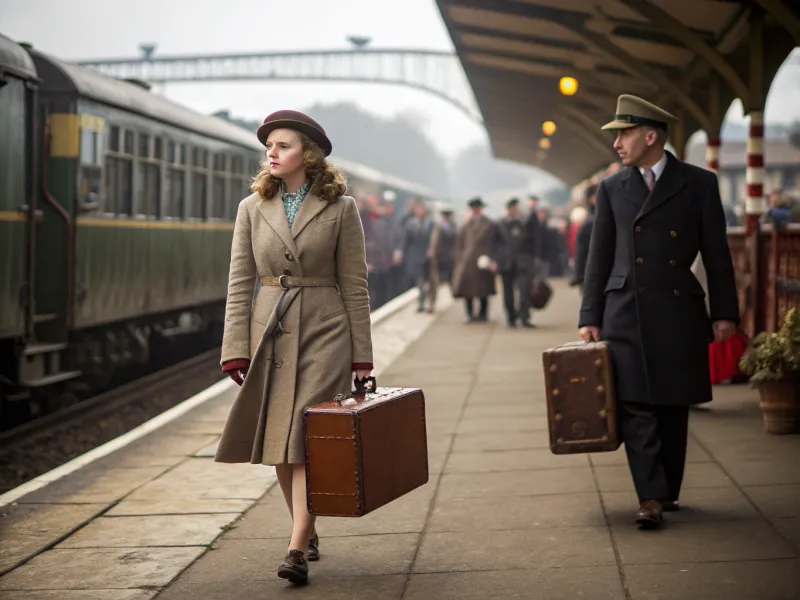
Traveling alone as a woman in the 1940s was often frowned upon, with societal norms dictating that women needed a male escort for safety and propriety. This restriction limited women’s independence and ability to explore the world on their own terms.
The belief that women required male protection was rooted in deeply ingrained gender roles that viewed women as vulnerable and in need of guidance. This perception not only restricted women’s freedom but also reinforced the notion that their autonomy was secondary to male authority.
In contrast, today’s world embraces the idea of solo female travel, reflecting a significant shift towards gender equality and empowerment. Women now enjoy the freedom to travel independently, supported by a society that values their autonomy and ability to navigate the world without constraints. This transformation highlights progress in challenging outdated gender norms and empowering women to pursue their desires and experiences.
13. Limited Access to Contraception
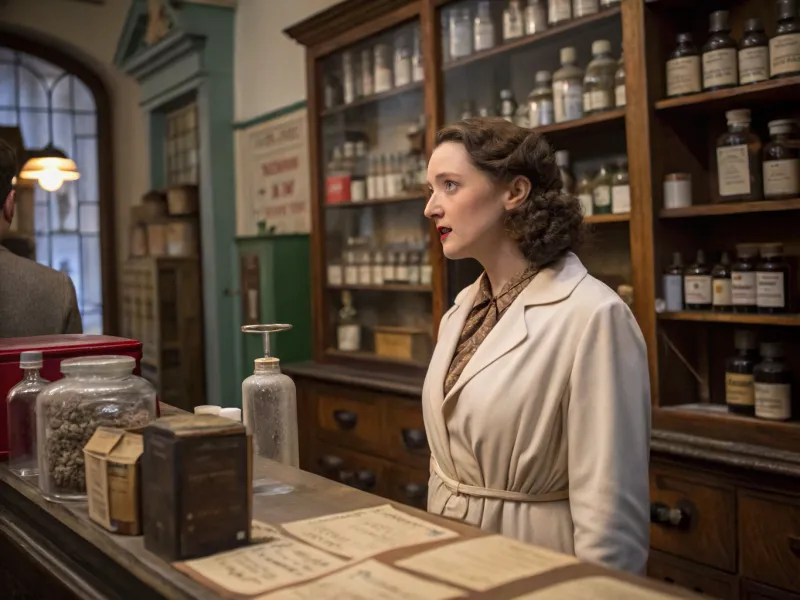
Access to contraception in the 1940s was severely limited, with societal and legal barriers restricting women’s ability to control their reproductive health. Birth control was often stigmatized, with many women relying on unreliable methods or abstaining altogether.
The lack of accessible contraception reinforced the idea that women’s primary role was childbearing, limiting their ability to make choices about family planning. This restriction not only affected women’s health but also their economic and personal freedom.
Today, access to contraception is recognized as a fundamental right, enabling women to make informed decisions about their reproductive health. The availability of diverse contraceptive options reflects a broader commitment to gender equality and women’s autonomy. This progress underscores the importance of empowering women with the tools to control their bodies and destinies, contributing to healthier and more equitable societies.
14. Expectations of Modesty and Chastity
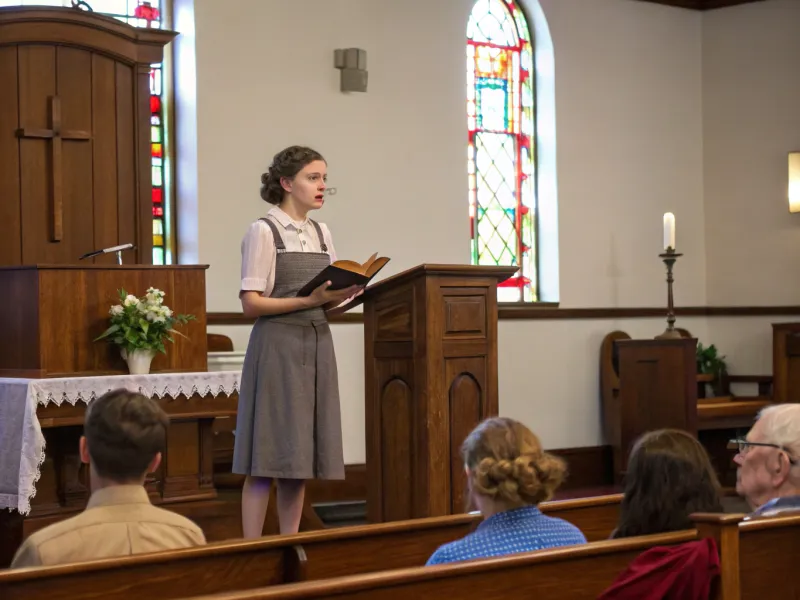
In the 1940s, women were expected to adhere to strict standards of modesty and chastity, reflecting societal beliefs that tied a woman’s worth to her virtue. Clothing choices were scrutinized, and behavior was closely monitored to ensure adherence to these moral codes.
The pressure to maintain an image of purity limited women’s self-expression and autonomy, reinforcing gender roles that valued appearance over individuality. This expectation often stifled personal growth and exploration, confining women to narrow definitions of femininity.
Today, women enjoy greater freedom to express themselves without fear of judgment or stigma. The shift towards embracing diverse identities and experiences reflects a broader understanding of gender equality and personal choice. This transformation empowers women to define their paths and embrace their uniqueness, challenging antiquated norms that once restricted their potential.
15. Expectation to Serve Guests
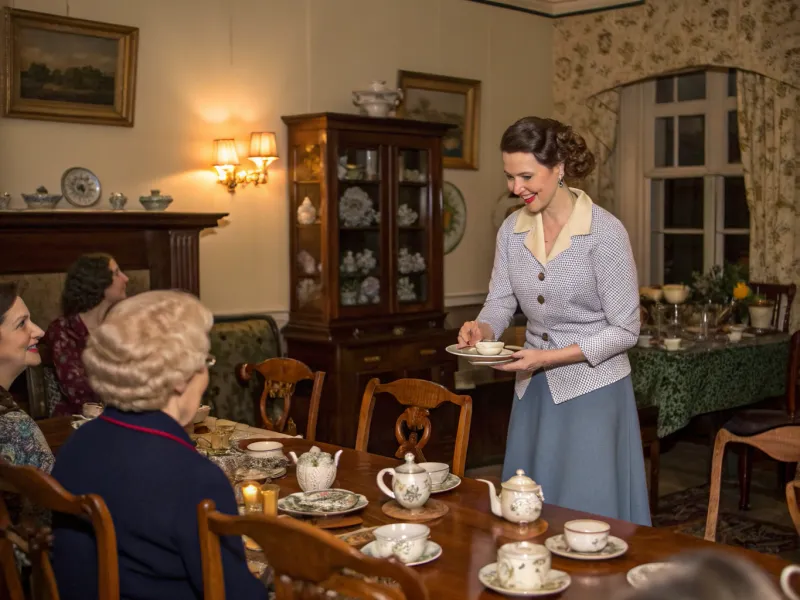
Serving guests with grace and efficiency was a fundamental expectation for women in the 1940s. Hosting skills were seen as a reflection of a woman’s capability as a homemaker, with societal pressure to ensure guests felt welcomed and comfortable.
This expectation reinforced the idea that a woman’s primary role was to cater to others, often at the expense of her enjoyment or participation in social gatherings. The emphasis was on service rather than shared experiences, highlighting the gendered division of labor within social settings.
Today, hosting is viewed as a shared responsibility, with greater emphasis on mutual enjoyment and connection. The change signifies a shift towards valuing personal fulfillment and collaborative efforts in social interactions. Women are now free to engage in gatherings as equal participants, reflecting broader societal advances in gender roles and expectations.
16. Pressure to Have Children Immediately After Marriage
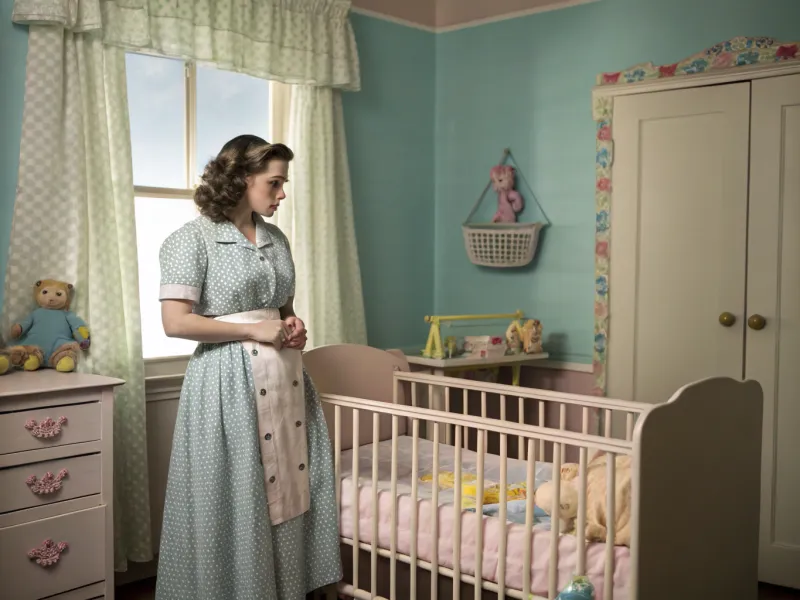
In the 1940s, women were often pressured to start families soon after marriage, reflecting societal beliefs that equated womanhood with motherhood. The expectation to have children quickly was pervasive, leaving little room for women to explore personal or professional aspirations.
This pressure was rooted in traditional gender roles that valued women’s reproductive capabilities over their individual desires. The emphasis on family building often overshadowed other potential life paths, limiting women’s freedom to choose when or if to have children.
Today, women have greater autonomy over their reproductive choices, supported by societal shifts toward recognizing diverse family structures and timelines. The ability to decide when to start a family empowers women to balance personal goals and family life, contributing to more fulfilling and intentional experiences. This transformation highlights progress in gender equality, acknowledging women’s rights to make decisions about their bodies and futures.
17. Lack of Legal Rights in Marriage
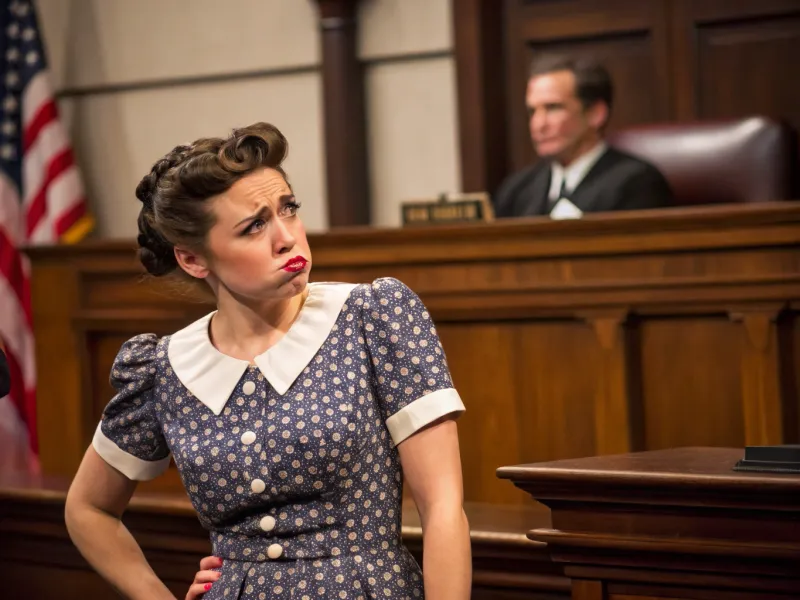
In the 1940s, married women had limited legal rights, often considered extensions of their husbands in the eyes of the law. This lack of autonomy affected various aspects of life, from property ownership to decision-making within the marriage.
The legal framework of the time reflected societal views that prioritized male authority, leaving women with little recourse in cases of dispute or abuse. The imbalance of power was a significant barrier to gender equality, reinforcing the notion that women were subordinate in marital relationships.
Today, legal systems recognize the equal rights of spouses, reflecting progress towards gender equality in marriage. The shift towards recognizing women’s legal autonomy signifies broader societal changes that value fairness and justice. This advancement enables women to engage in marriages as equal partners, contributing to healthier and more equitable relationships.
18. Social Stigma of Divorce
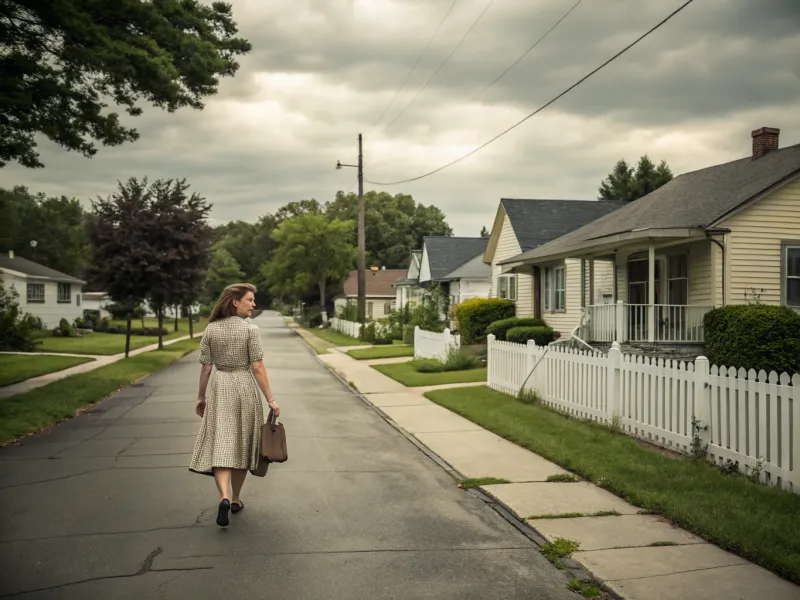
Divorce in the 1940s carried a significant social stigma, with women often bearing the brunt of societal judgment. The decision to leave a marriage was viewed as a failure, reflecting deeply ingrained beliefs that valued marital stability over personal happiness.
This stigma discouraged many women from seeking divorce, even in cases of abuse or incompatibility, due to fear of social repercussions. The pressure to maintain appearances often trapped women in unhappy or harmful relationships, highlighting the broader societal constraints on personal freedom.
Today, divorce is recognized as a personal decision, with greater understanding and acceptance of diverse life paths. The shift away from judgment highlights progress in acknowledging individual needs and the complexity of relationships. This transformation reflects broader societal changes that value personal well-being and choice, empowering women to pursue fulfilling lives without fearing social backlash.
19. Expectation to Marry Young
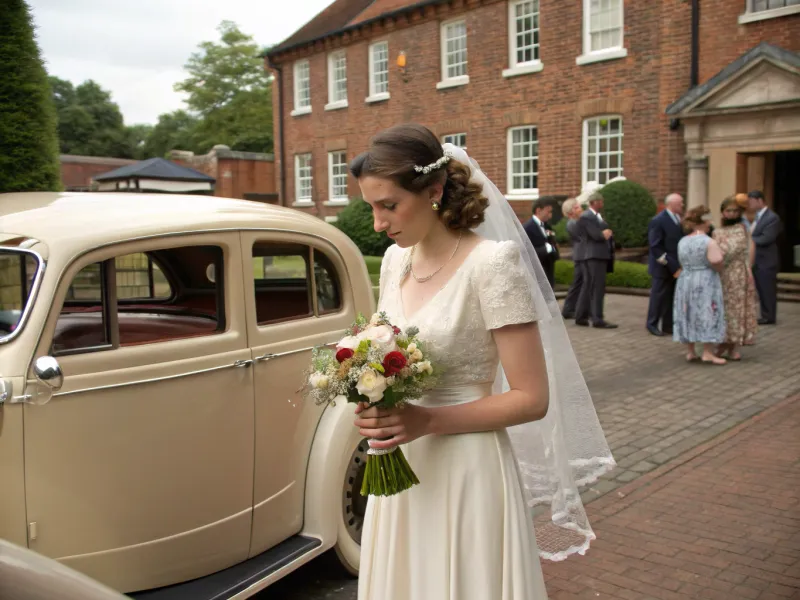
In the 1940s, there was significant pressure on women to marry young, often straight out of high school or college. Marriage was seen as the ultimate goal, and delaying it was viewed with suspicion or concern.
This expectation limited women’s opportunities to explore career paths or further education, as societal norms prioritized marriage and family over personal development. The pressure to marry young often overshadowed other aspirations, leaving many women with limited choices in shaping their futures.
Today, women have the freedom to choose if and when to marry, reflecting broader societal shifts toward recognizing diverse life paths and individual autonomy. The ability to focus on personal growth and career aspirations before settling down signifies progress in gender equality. This transformation empowers women to define their journeys, free from the constraints of traditional timelines.
20. Limited Access to Higher Education
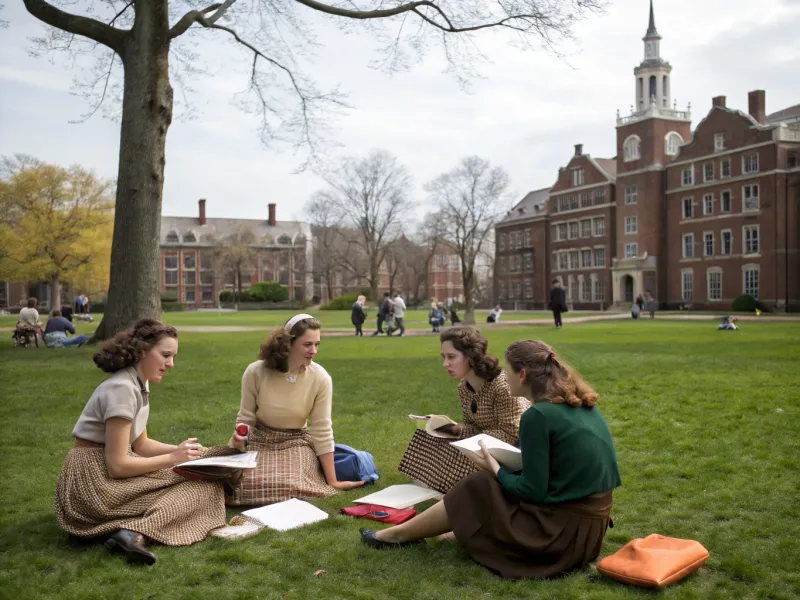
Access to higher education for women in the 1940s was limited, often restricted by societal norms that prioritized domestic roles over academic pursuits. While some women attended college, their education was often geared towards preparing them for marriage rather than careers.
The emphasis on traditional gender roles in education limited women’s professional opportunities, reinforcing the belief that their primary role was in the home. This restriction curtailed women’s potential to pursue diverse fields of study and career paths.
Today, women have equal access to higher education, encouraged to explore various disciplines and career options. The shift reflects progress towards gender equality, valuing women’s intellectual contributions and aspirations. This transformation enables women to pursue their interests and careers without societal constraints, contributing to a more inclusive and dynamic workforce.
21. Dependence on Husband’s Income
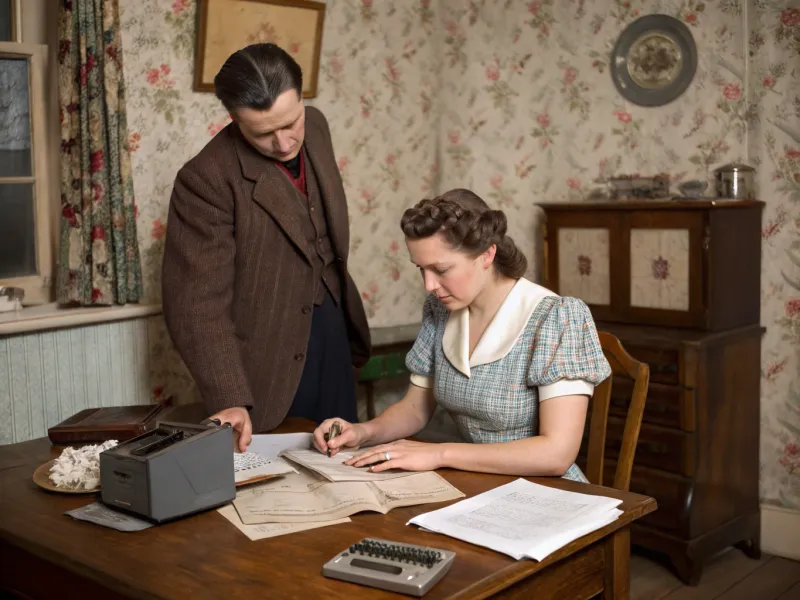
In the 1940s, it was common for women to depend entirely on their husband’s income, as societal norms dictated that men were the primary breadwinners. This economic dependence limited women’s financial autonomy and ability to make independent decisions.
The reliance on a single income source left many women vulnerable, with little control over financial matters or the ability to pursue personal ambitions. This dependency reinforced traditional gender roles, where financial power was concentrated in the hands of men.
Today, dual-income households are common, with women actively contributing to family finances. The shift towards economic independence reflects broader societal changes that value women’s contributions to the workforce. This progress empowers women to make informed financial decisions, fostering greater equality and shared responsibility in economic matters.
22. Expectation to Be the Perfect Homemaker
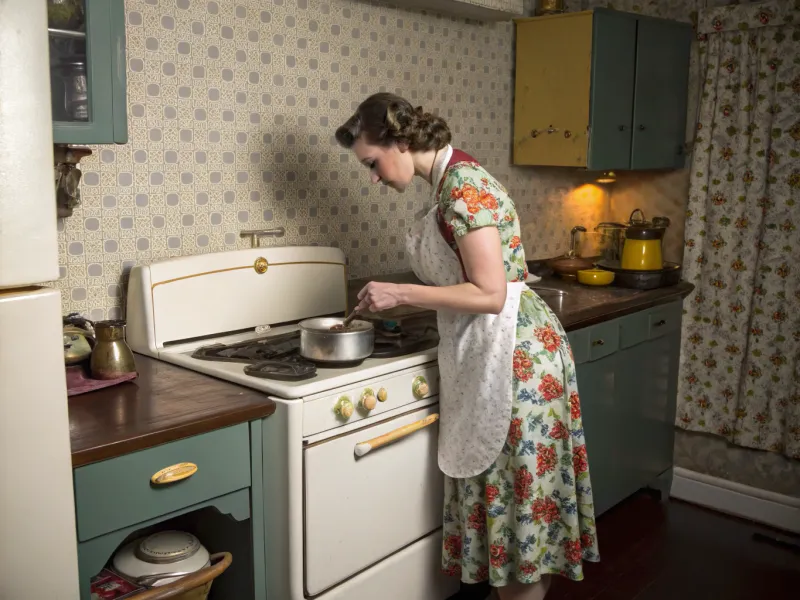
The 1940s saw an idealization of the perfect homemaker, with women expected to excel in cooking, cleaning, and child-rearing. This expectation was deeply ingrained in societal views that equated a woman’s worth with her ability to maintain a flawless household.
The pressure to meet these ideals often left women feeling overwhelmed, as they juggled multiple responsibilities while striving for perfection. This pursuit of domestic excellence reinforced narrow definitions of femininity, limiting women’s roles and aspirations.
Today, the concept of the perfect homemaker has evolved, with greater emphasis on shared responsibilities and personal satisfaction. The change reflects progress towards recognizing the diverse roles women play within families and society. This transformation empowers women to pursue fulfillment beyond traditional confines, embracing a more balanced and equitable approach to family life.
23. Stereotypes in Film and Media
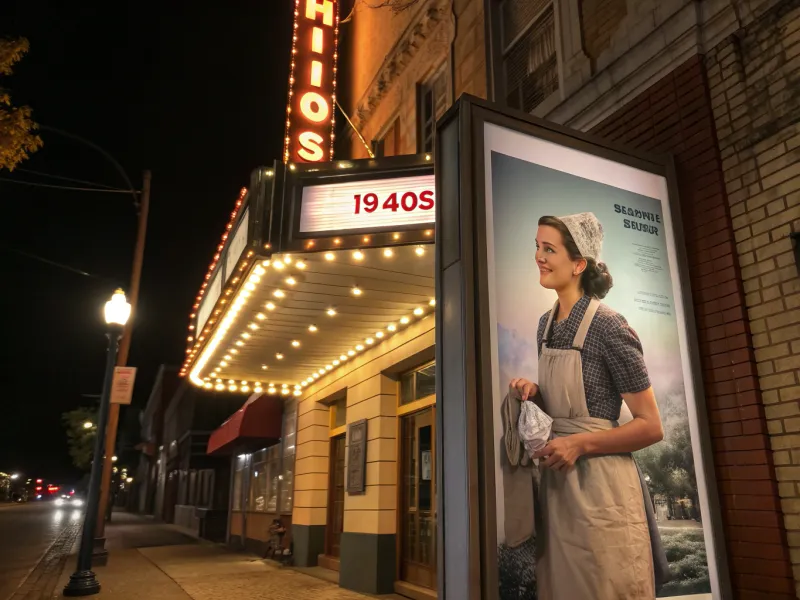
Film and media in the 1940s heavily relied on stereotypes, often portraying women in traditional domestic roles. These portrayals reinforced societal expectations, limiting women’s representation to homemakers, mothers, or romantic interests.
The lack of diverse roles in media reflected broader societal norms that confined women to narrow identities, influencing public perceptions and aspirations. This limited representation perpetuated gender stereotypes, affecting how women were viewed and treated in real life.
Today, the media strives to portray women in diverse roles, reflecting a broader understanding of gender equality and individuality. The shift towards more varied representation highlights progress in challenging stereotypes and embracing women’s multifaceted identities. This transformation contributes to a more inclusive and dynamic media landscape, empowering women to see themselves in diverse and empowering roles.
24. Social Pressure to Conform
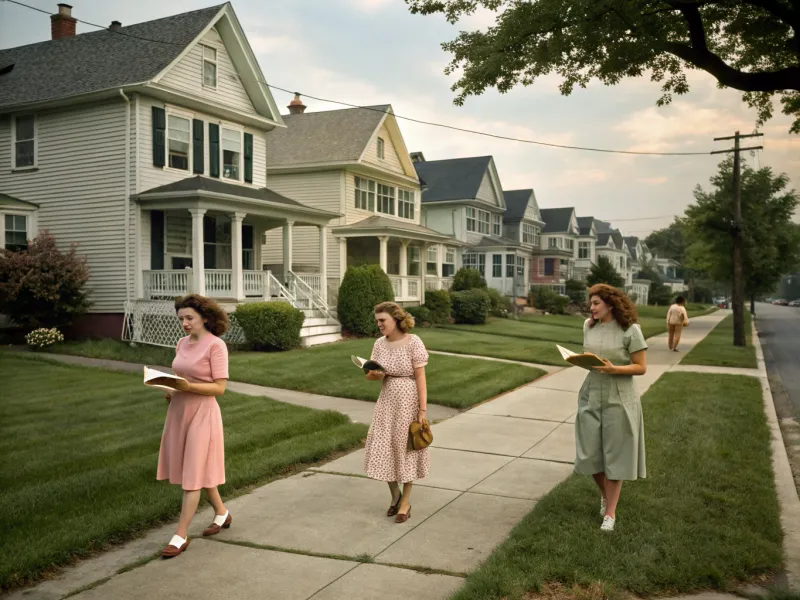
The 1940s were marked by strong social pressures for women to conform to societal norms, with little room for individuality or deviation. Women were expected to adhere to specific roles and behaviors, reflecting a culture that valued uniformity and tradition.
This pressure to conform stifled personal expression and limited opportunities for women to explore their identities or challenge conventional views. The emphasis on maintaining appearances often overshadowed personal growth and exploration.
Today, individuality is celebrated, with greater acceptance of diverse identities and lifestyles. The shift towards embracing personal authenticity reflects progress in breaking down rigid societal norms. This transformation empowers women to define their paths, fostering a culture that values diversity and personal choice. It’s a testament to the ongoing journey towards gender equality and personal freedom.
25. Hidden Health Concerns and Limited Medical Advice
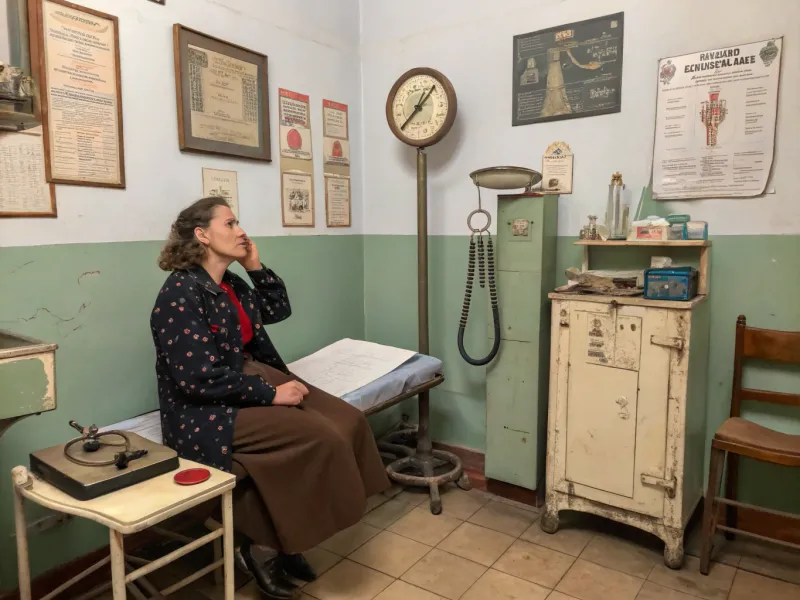
In the 1940s, women’s health concerns were often overlooked or minimized, with limited access to accurate medical advice. Many women faced dismissive attitudes from healthcare providers, who frequently attributed health issues to emotional or psychological factors.
This lack of comprehensive medical care left many women without proper diagnoses or treatment, affecting their overall well-being and quality of life. The societal views that downplayed women’s health concerns reinforced gender biases in medical research and practice.
Today, there is a growing recognition of the importance of women’s health, supported by advances in medical research and awareness. The shift towards prioritizing women’s health reflects progress in challenging gender biases and improving healthcare outcomes. This transformation empowers women to advocate for their health needs, contributing to a more equitable and informed healthcare system.
26. Expectation to Prioritize Family Over Career
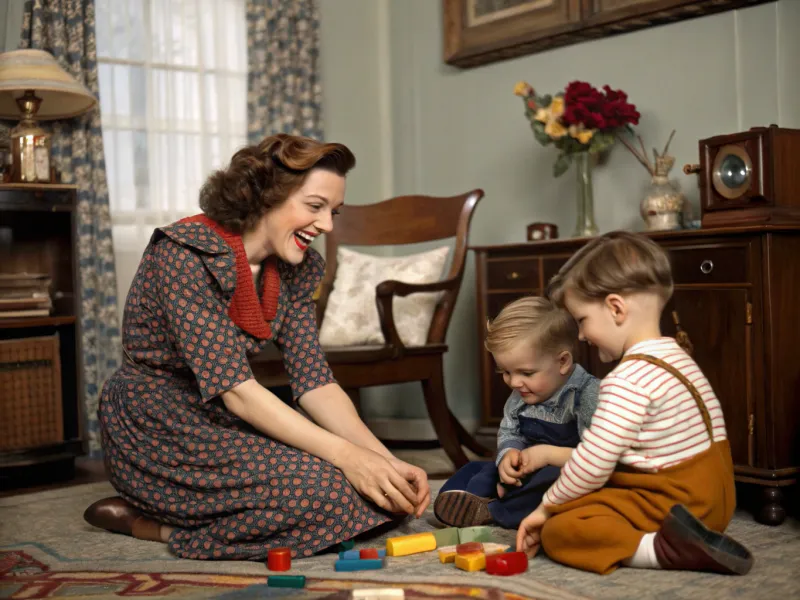
In the 1940s, women were expected to prioritize family over career, often sacrificing professional aspirations to fulfill domestic duties. This expectation was rooted in traditional gender roles that valued women’s contributions within the home above all else.
The pressure to choose family over career limited women’s opportunities for advancement and personal growth, reinforcing societal norms that confined them to specific roles. This expectation often left women with little support or encouragement to pursue careers or further education.
Today, women are encouraged to pursue careers and family life, reflecting a broader understanding of gender equality and work-life balance. The shift towards supporting women’s professional achievements alongside family responsibilities signifies progress in recognizing diverse roles and aspirations. This transformation empowers women to pursue fulfilling careers without sacrificing personal or family commitments.
27. Expectation to Be Submissive to Male Authority
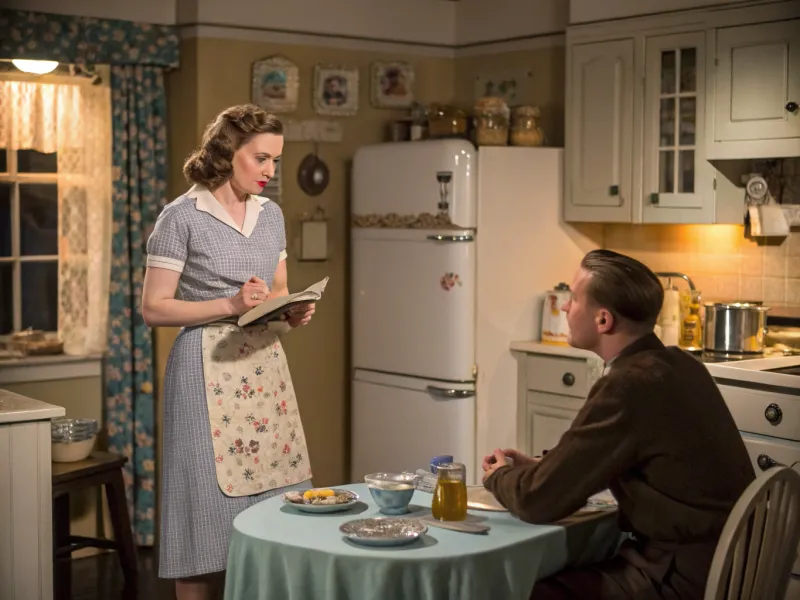
Submissiveness to male authority was a common expectation for women in the 1940s, reflecting societal norms that prioritized male dominance in both public and private spheres. Women were often expected to defer to their husbands or male figures in decision-making processes.
This expectation limited women’s autonomy and ability to assert their opinions or desires, reinforcing gender hierarchies that valued male authority over female agency. The pressure to conform to submissive roles stifled women’s voices and contributions.
Today, gender equality is celebrated, with greater emphasis on shared decision-making and respect for women’s autonomy. The shift towards recognizing women’s rights and agency reflects progress in challenging traditional gender roles. This transformation empowers women to actively participate in all aspects of life, contributing to more balanced and equitable relationships.
28. Making Soap from Scratch
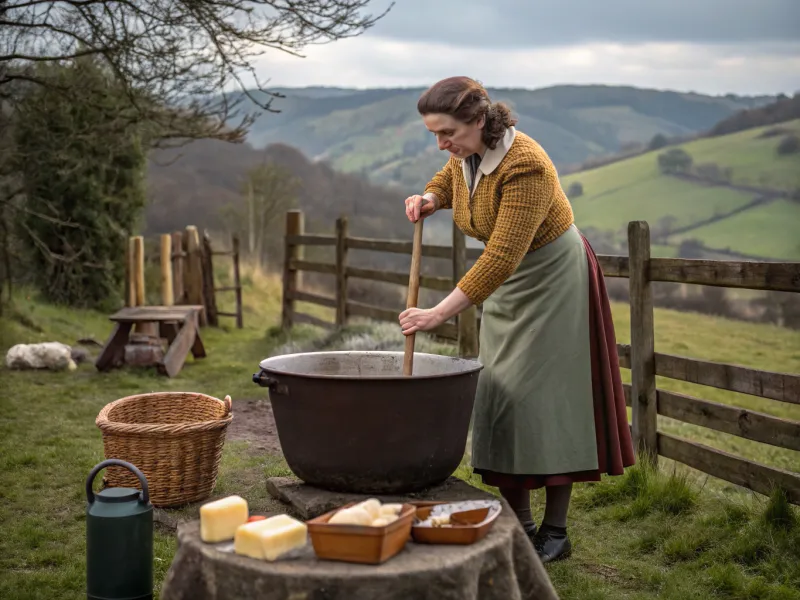
During the 1940s, many women took on the role of the family chemist, creating soap from basic ingredients. They used lye, water, and animal fats, often sourced directly from their farms. This process was not only labor-intensive but also required careful handling of caustic materials.
Creating soap ensured families remained clean without relying on store-bought products, which were sometimes scarce during wartime. The process could take several hours, with careful attention to temperature and mixing. Women’s ability to craft this essential household item highlighted their creativity and adaptability in tough times.
29. Following Rigid Dating Rules

Dating in the 1940s came with a set of strict rules and expectations. Women were expected to adhere to guidelines that governed when and how they could date, often involving chaperones and curfews.
These rules were meant to preserve a woman’s reputation and ensure that relationships were approached with propriety and seriousness. This often led to the suppression of personal desires and autonomy in romantic matters.
Modern dating practices are far more relaxed and varied, allowing greater freedom and personal expression in how relationships are pursued.
See also: 29 Reasons Boomers Believe Old-Fashioned “Courting” Is Much Better Than Modern Dating
30. Preserving Food Using Home Canning
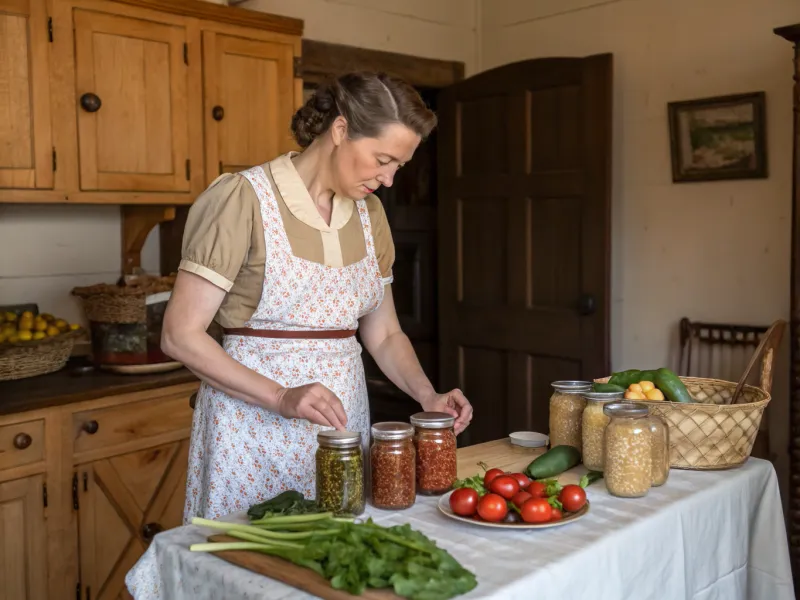
In the 1940s, home canning was a necessary skill for women, especially in rural areas. This task involved preserving fruits, vegetables, and even meats to last through the winter months. Unlike today, where convenience stores and supermarkets are ubiquitous, women back then had to rely on their ability to can food safely.
Using heavy pots, pressure cookers, and jars, they dedicated entire days to the process. The art of canning requires knowledge about acidity levels and sterilization techniques to prevent spoilage or botulism. This skill, both time-consuming and labor-intensive, showcased their resilience and resourcefulness.
31. Seeking Husband’s Permission for Medical Procedures
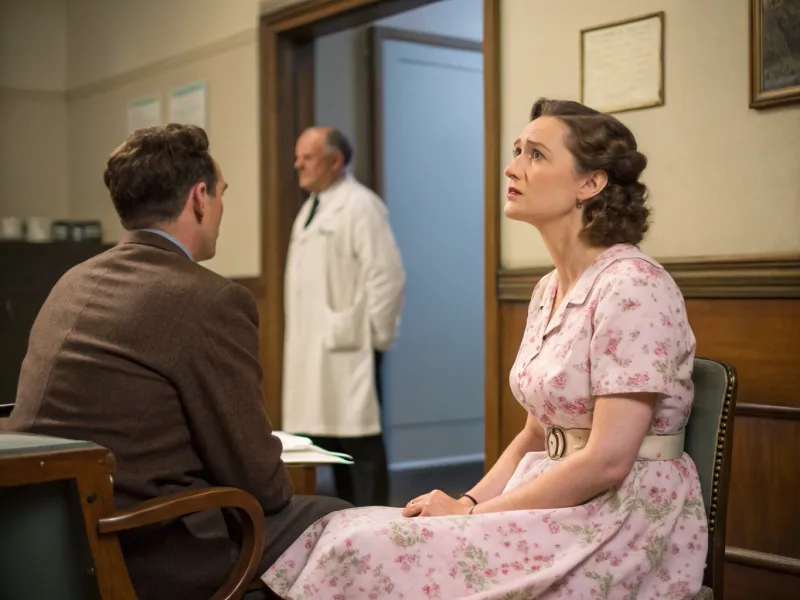
In the 1940s, women often needed their husband’s permission to undergo certain medical procedures, including surgeries or even basic treatments. This wasn’t just a courtesy—it was often a legal or institutional requirement that stripped women of control over their own bodies.
Medical autonomy was a foreign concept, as decisions about a woman’s health were frequently deferred to her spouse. The belief was that men, as heads of the household, had the ultimate authority—even over their wives’ personal medical choices.
Today, the right to make independent medical decisions is a fundamental part of healthcare. Women now have the agency to advocate for their health needs without requiring approval from anyone else, a vital advancement toward personal autonomy and dignity.
32. Being Denied Jury Duty Because of Gender
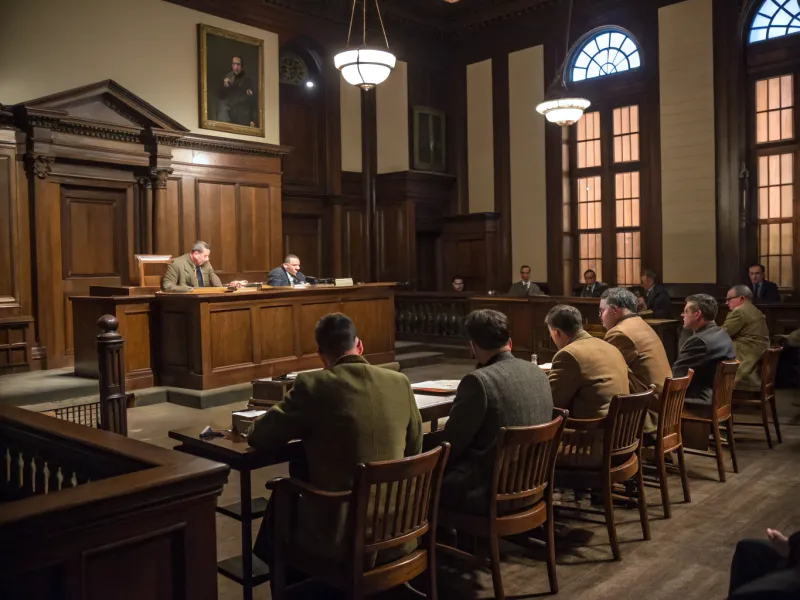
Serving on a jury is considered a civic duty today, but in the 1940s, many women were outright barred from participating. The legal system often assumed women were too emotional, too delicate, or too distracted by domestic responsibilities to contribute fairly to legal proceedings.
This exclusion reinforced the idea that women were second-class citizens, unfit to engage fully in civic life. Even when laws technically allowed it, many states found ways to discourage or limit women’s participation.
Now, women not only serve on juries but are critical voices in the pursuit of justice. This change highlights the slow but powerful expansion of women’s rights in public life—recognizing them as equally capable and essential contributors to society.
33. Church-Driven Social Life
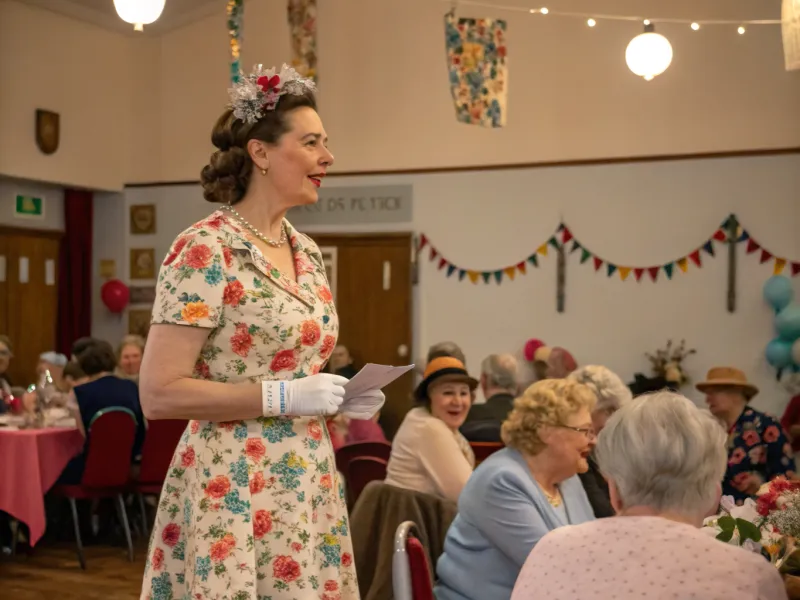
Women in the 1940s often found their social life centered around church activities. Church events provided not only spiritual guidance but also an opportunity to socialize within the community. These occasions served as a rare outlet for women to gather, chat, and share experiences.
Many women took part in organizing church bazaars, choir practices, and social gatherings, which were integral to their community involvement. Without the convenience of modern social media and communication, these gatherings were vital for maintaining social connections and building community spirit.
Such involvement fostered a sense of belonging and played a part in shaping community values.
34. Strict Beauty Pageant Standards
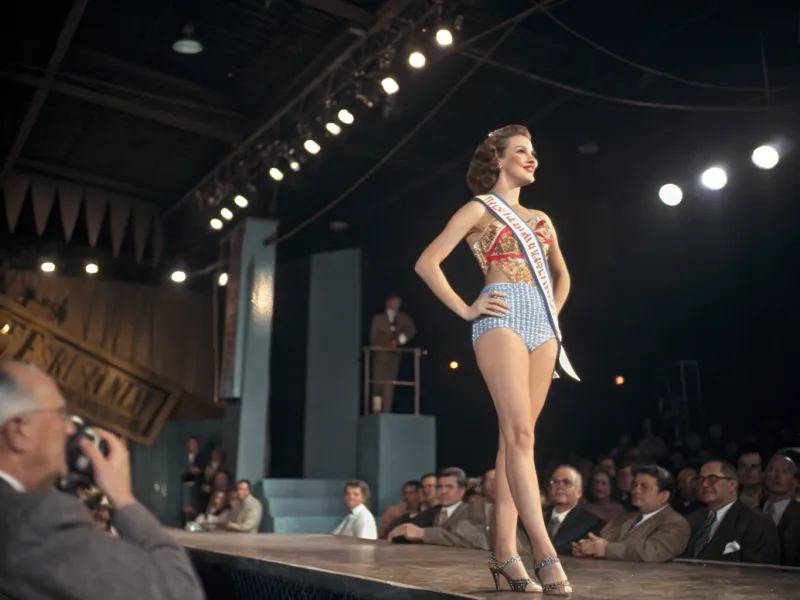
Beauty pageants in the 1940s demanded strict adherence to standards that focused heavily on physical appearance. Contestants were expected to embody ideals of elegance, poise, and femininity.
These events placed significant pressure on young women to conform to narrow beauty ideals, often involving rigorous preparation and grooming. Participation in pageants was seen as an opportunity to gain recognition and social standing.
While some found empowerment in these contests, many faced the stress of judgment based solely on looks, a practice less emphasized in today’s more inclusive pageants. The pageants reflected cultural values of the time, prioritizing superficial beauty.
